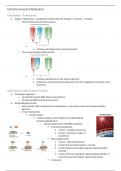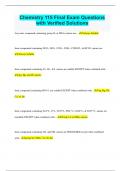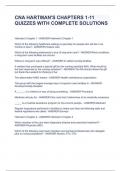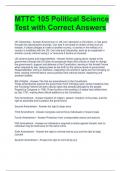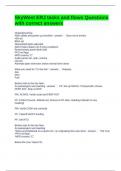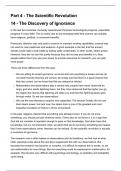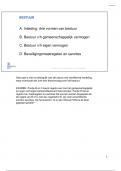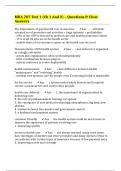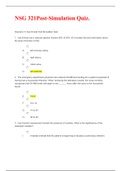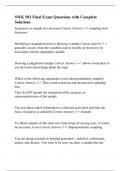Lecture notes
Molecular Biology for Neuroscientists (NEUR0006) Notes
- Institution
- University College London (UCL)
Explore Molecular Biology for Neuroscientists at UCL. Navigate the intricate landscape of extrachromosomal replications, plasmids, bacteriophage lambda, and the Polymerase Chain Reaction. Delve into the nuanced use of plasmids, genome allelic variations, and the intersection of bioinformatics with ...
[Show more]
